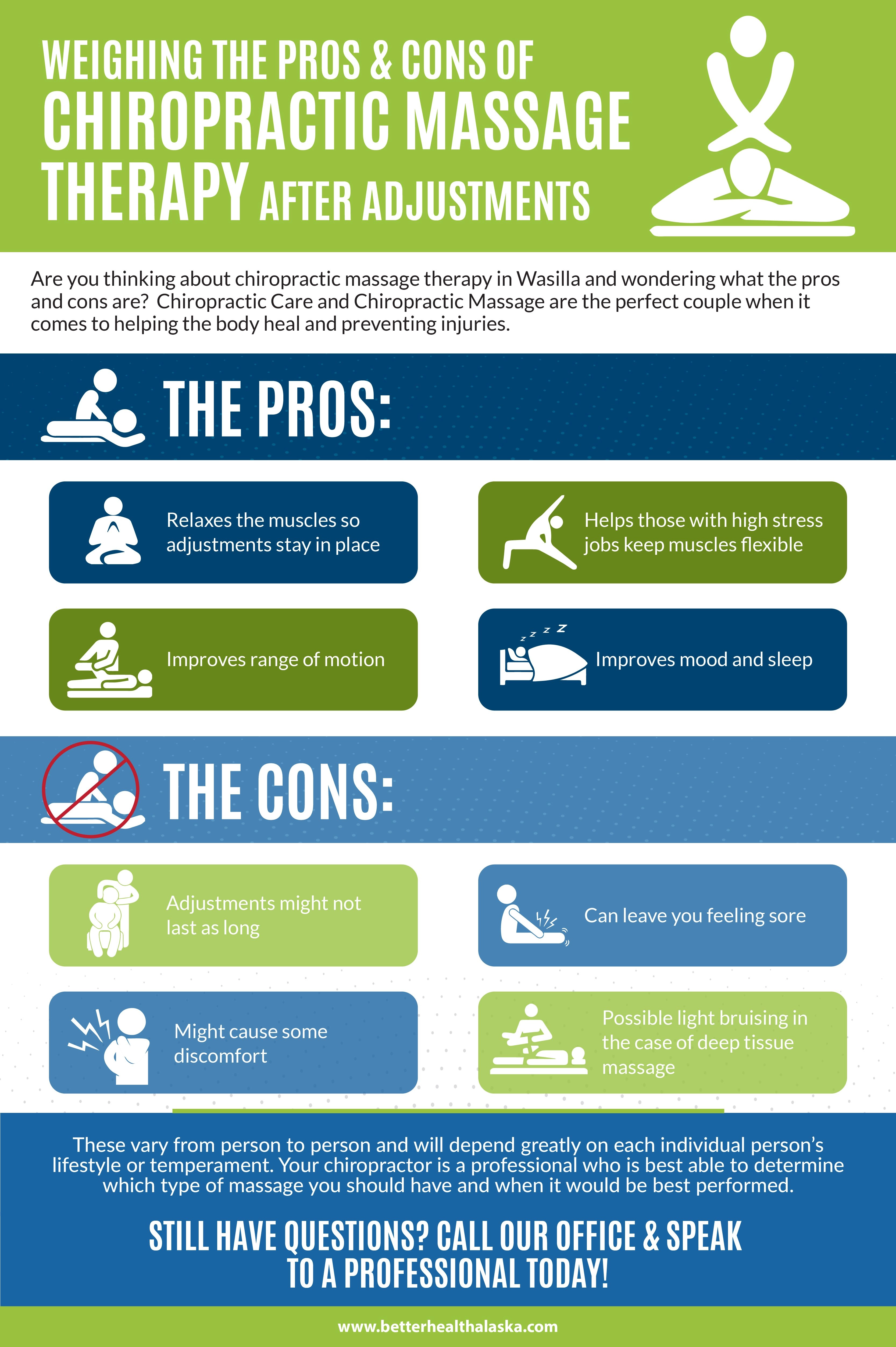Uncover The Tricks Behind Neck Discomfort And How Recognizing Cervical Spine Anatomy Can Aid You Locate Alleviation
Uncover The Tricks Behind Neck Discomfort And How Recognizing Cervical Spine Anatomy Can Aid You Locate Alleviation
Blog Article
Web Content Composed By-Irwin Linde
As you sit there, possibly really feeling a stab of pain in your neck, have you ever before thought the intricate frameworks that comprise your cervical spinal column? Recognizing how the vertebrae, discs, and nerves communicate in this area can clarify why neck pain can be so persistent and debilitating. By checking out chiropractor jobs near me of cervical back makeup and its implications for neck discomfort, you may uncover understandings that might assist you much better handle and even prevent those unpleasant pains and tightness.
Importance of Cervical Spine Composition
Recognizing the relevance of cervical spinal column makeup is vital in comprehending the intricacies of neck pain. The cervical back, made up of seven vertebrae, plays an important duty in supporting the head's weight and assisting in motion. It houses the spinal cord, which transfers messages in between the brain et cetera of the body. Additionally, the cervical back secures these delicate nerves and gives architectural stability to the neck area.
Furthermore, the cervical back permits a wide range of movement, enabling you to transform your head, tilt it sideways, and nod backwards and forwards. Each vertebra has details features and features that add to the total adaptability and stability of the neck. Recognizing the makeup of the cervical spinal column can help you realize exactly how injuries or degenerative conditions in this region can cause neck discomfort and related symptoms.
Parts of the Cervical Back
When exploring the elements of the cervical spinal column, it ends up being apparent that its framework consists of seven vertebrae, classified C1 to C7, stacked on top of each other. These vertebrae are vital as they supply support to the head and enable a wide variety of activity in the neck.
The upper vertebra, C1, also known as the atlas, sustains the head and makes it possible for the sluggish activity of the head. Directly below C1 is the C2 vertebra, referred to as the axis, which enables the turning of the head back and forth.
Moving down the cervical back, each vertebra plays an important duty in maintaining the back's versatility and security. In between each vertebra are intervertebral discs that function as paddings, soaking up shock and avoiding the vertebrae from rubbing against each other.
Comprehending Check This Out of the cervical spine is crucial in understanding just how the spine features and its prospective influence on neck pain.
Relationship Between Back and Neck Discomfort
The link in between the back and neck pain is a critical aspect of understanding musculoskeletal pain. Your spine, especially the cervical area, plays a significant duty in sustaining your head and permitting different activities. When there's an issue in the back, such as a herniated disc or imbalance, it can straight influence the surrounding tissues and nerves, leading to neck discomfort. Poor position, injuries, and degenerative conditions can all add to spine-related neck pain.
It's essential to recognize that the spinal column and neck function as a natural unit. Any abnormalities or inequalities in the back can cause stress on the neck muscles and tendons, causing discomfort and tightness.
Conclusion
Since you have a fundamental understanding of cervical spinal column anatomy and its connection to neck discomfort, you can much better appreciate the intricacies of your own neck discomfort. Keep in mind, the health of your cervical spinal column plays an important function in supporting your head and promoting activity, so it is essential to deal with it through appropriate posture, workout, and normal examinations with a medical care expert. Keep informed and aggressive about your spine health to avoid and manage neck pain efficiently.
